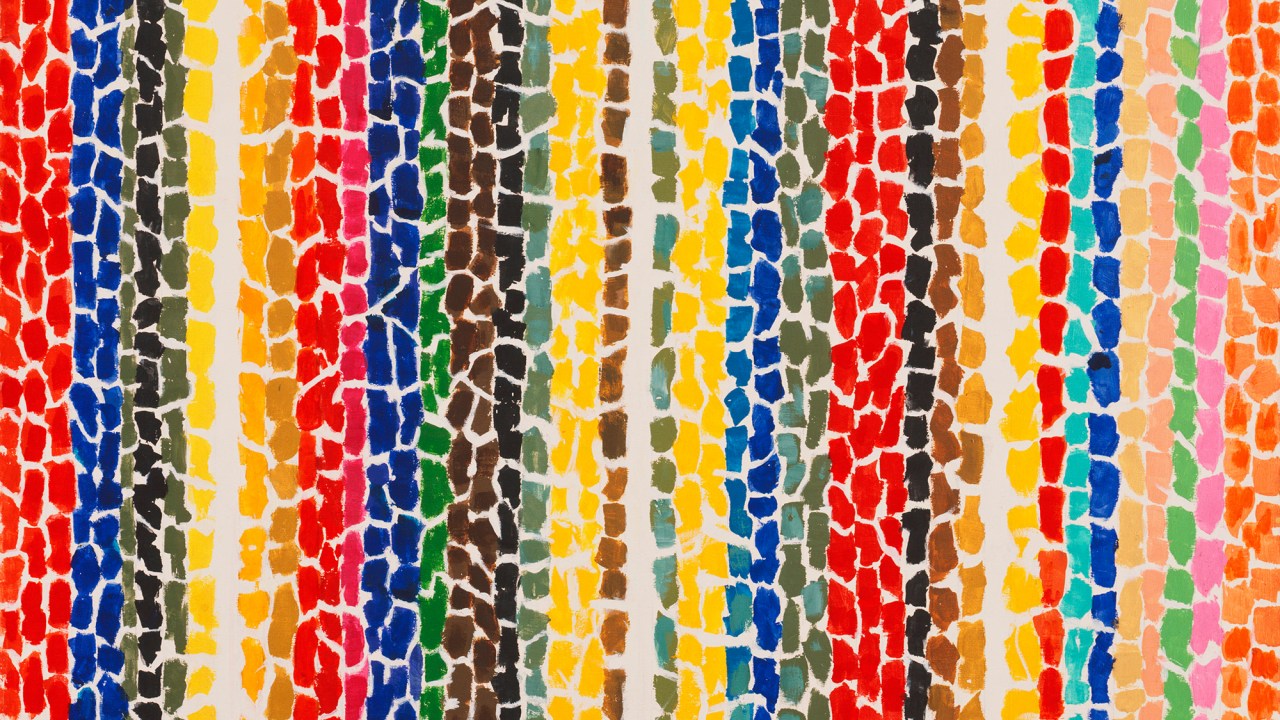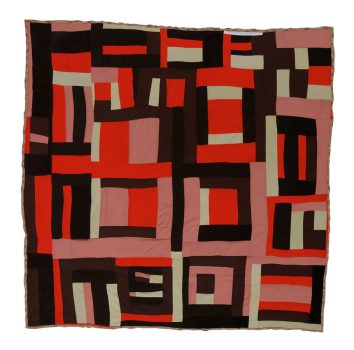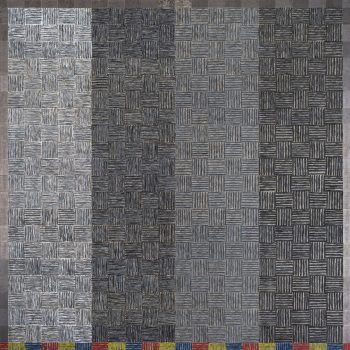
My mentor Dr. Johnnetta Cole, the former director of the Smithsonian National Museum of African Art (NMAfA), often says, “It’s easy to live without art, but it’s hard to live well.” For me, the power of art lies in its transformative ability to embody and reflect stories that connect to the core of our own narratives. Through art we come to understand our own identities on a deeper level; and when done well, art creates a sense of belonging, fostering connections to distant times, people, places, and experiences. Within this framing, museums become places that collate and share human experiences, not merely safehouses for artifacts and objects. As Salvador Salort-Pons, Director of the Detroit Institute of Art, said in a recent article, museums can be spaces for empathy and “a bonding medium for our society.”
Art’s power is especially salient as a force for healing and understanding. My own institution, The Phillips Collection (TPC), was established as a form of healing for founder Duncan Phillips, after he lost his brother and father in quick succession. He later reflected, “Sorrow all but overwhelmed me, then I turned to my love of painting for the will to live.” That curative power is derived from art’s ability to help us make sense of the world and present novel perspectives that call forth new ways of thinking and feeling. The paintings in TPC’s Rothko Room, for example, center color as an element in igniting emotional connection on the path towards personal restoration. The museum has several initiatives that directly link art and wellness, including Creative Aging, workshops for veterans, and more.

A few months ago, I went into one of the galleries at TPC while in a funk. It was around the holidays, when I was experiencing my own feelings of loss and grief as I reflected on my late parents. On display in the gallery was a new installation with some of my favorite objects from our permanent collection, including works from McArthur Binion, Alma Thomas, Jacob Lawrence, Malissia Pettaway, Mary Lee Bendolph, Piet Mondrian, and Georgia O’Keeffe. As I began to look around the gallery and absorb the works, I was reminded that the visual arts have the power to inspire, to heal, and to transform our emotional state and well-being.
The complex stories shared in that gallery, woven into textiles, shaped by scraps of tile, and painted with bold colors, reminded me of the rich texture of my ancestors, whose personal narratives and experiences shaped my life in ways that I am even now still discovering. The Gee’s Bend quilt on view felt like a part of my family’s history, our culture—and immediately brought to mind my great grandparents, Almer and Tempia Clay, who were sharecroppers from Dawson, Georgia. Works that fashioned beauty from non-traditional materials, like an exquisite McArthur Binion painting from the DNA Series, reminded me of how my own relatives recast leftover pieces of cloth, tires, and other discarded materials into clothing, shoes, tools, and gifts. Jacob Lawrence’s Migration Series reminded me of my late grandfather, Willie Clay, and how he left his family to “go up North” and never looked back. The pain of that experience for my grandmother and her two boys, my father included, resurfaced for me in experiencing the series. In all these ways, our interpretation of and relationship to art forms a bridge, to recognize and feel the familiar while stepping into the shoes of others.

At the heart of powerful storytelling, whether through art, science, history, or other focuses explored by museums, lies a strong command of diversity, equity, accessibility, and inclusion (DEAI). By exhibiting work related to my own cultural heritage, TPC facilitates access to memories, emotions, and inquiry intimately tied to my understanding of place, identity, and community. In order to continue catalyzing powerful moments of beauty, empathy, and connection—like the one I experienced that day—museums must find ways to incorporate comprehensive DEAI into who, how, when, where, and why they tell stories. As a field, it is therefore incumbent upon museums to continue expanding their capacity to steward these values in all aspects of institutional life, including but not limited to staff, board, and volunteer composition and development; organizational strategy and operations; facilities design and upkeep; collections and archiving practices; community engagement; and programming.
On a day like the one I wandered into the gallery, gloomy and cold, I was so grateful to be surrounded by stories that stirred my spirit, fed my imagination, and gave me hope. Stories are universal; they are what make us human. To revisit Dr. Cole’s wisdom: Without art it can be hard to live well precisely because we lose a fundamental form of storytelling, of connection to ourselves and one another. We do away with a medium that invites belonging and inquiry, that reminds us of who we are and gifts us the possibility of transformation.
About the author:
Makeba Clay is a Facing Change Senior Diversity Fellow. She currently serves as the first Chief Diversity Officer of The Phillips Collection in Washington, DC. She is the CEO and Founder of Innovative Global Solutions Consulting, a management consulting firm that drives organizational change through the strategic alignment of people, processes, and technological resources.








